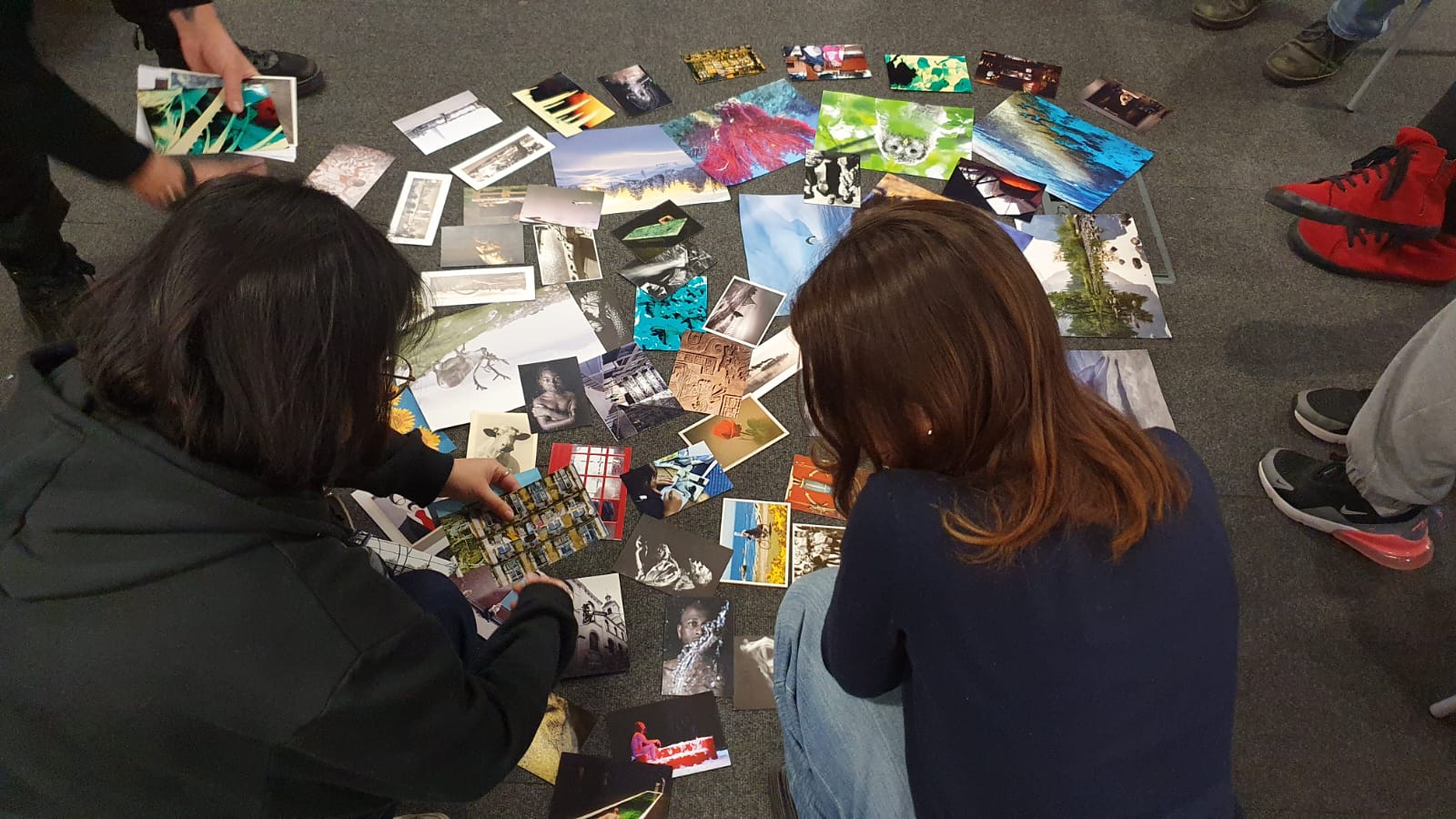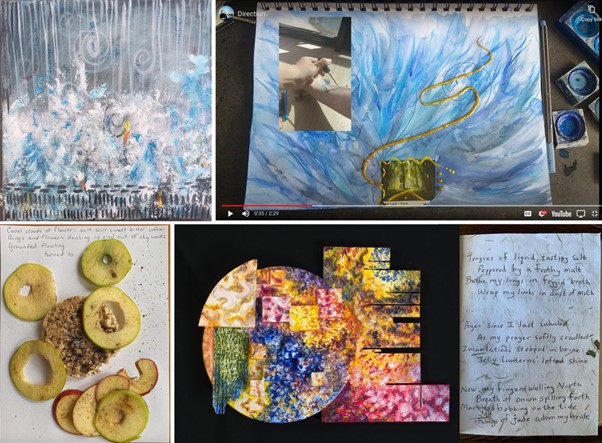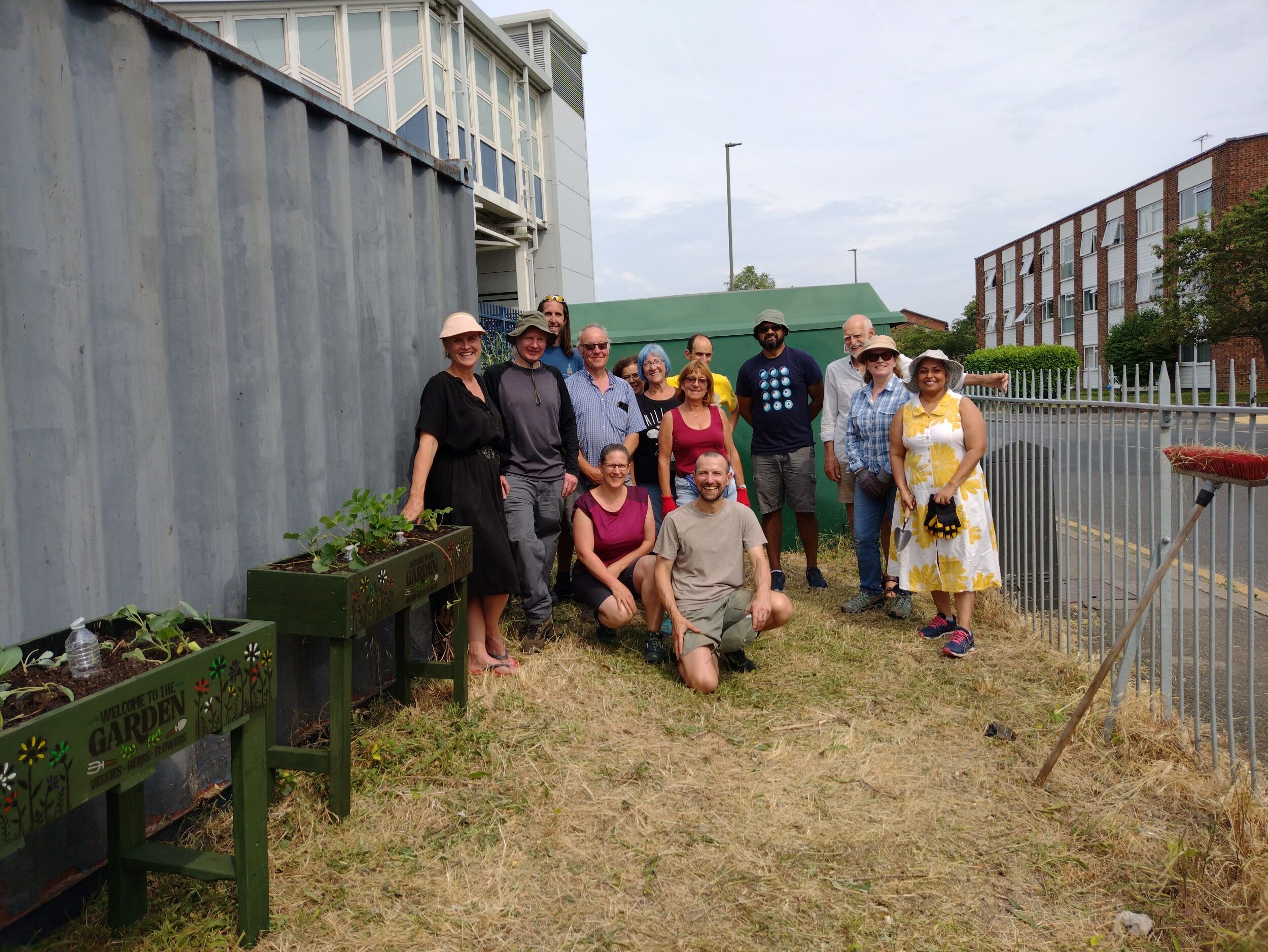Virtual reality, also known with the acronym VR, is not just a new technology, but represents a game changer and a real chance to experience an event in a very immersive way.
The concept of VR started in the 1950s and was for decades only a dream of science fiction movies. It became a concrete media with the birth of the new generation of headsets in 2010 released by American technology company Oculus. A VR headset is a head-mounted device that allows the wearer to experience virtual environments through the use of special lenses. Those lenses allow users to see photos and videos at 360 degrees. The most basic headsets can be used by inserting a mobile device into cardboard glasses, such as those invented by Google.
When we watch a classic photo or video, our portion of vision is limited to a single frame and always mediates from the point of view of the photographer. In contrast, 360° degree photos and videos provide the illusion of being physically in the space and taking part in the experience. VR technology involves users on an emotional level thus improving our capacity to learn, remember and understand. This is why VR technologies can be very powerful in educational and participatory projects. Imagine, for example, how much more interesting geography or science could be if instead of just learning from books, students could experience how it feels to visit the Amazon, or have the chance to see the ocean floor or even travel back in time to the Roman Empire. Some organisations such as the United Nations are already using immersive VR storytelling, breaking the barriers of distance and time to inspire greater empathy and understanding around today’s major humanitarian challenges.
For the Cobra Collective, where we already use participatory visual techniques such as participatory video to create social change, VR technologies offer new and exciting possibilities to our portfolio. We have been learning from Partaking, an NGO based in southern Italy, who has been working on well-being with primary school children (age 6 to 10) from Sanità, a marginalised district in the city of Naples. Children explored and reflected on their feelings through: experiencing VR of their environments with feedback collected following photo elicitation techniques; creating their own VR experiences with the aim of showing their personal point of view on a topic; sharing their VR creations with other children, adults and researchers with the aim to increase empathy, and stimulate personal and social change. VR is also used to document workshops in order to share the methodology and results with practitioners, researchers and policy makers.
As the price of 360° photo/video cameras and VR headsets start to decrease, and mobile phones can be converted into VR devices, the technology will be available to a larger number of people. For this reason, the Cobra Collective is now starting to explore the possibility of using this new methodology in our participatory work. Particularly exciting is the possibility of enabling communities to share their VR community owned solutions with decision makers in order to create discussion and dialogue on improved governance of social and environmental challenges.
This article was co-written with Luca Rea of Partaking.



